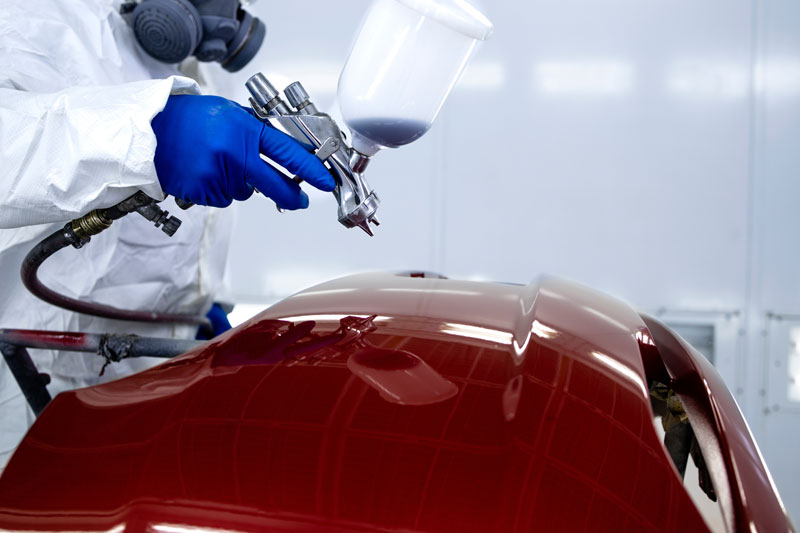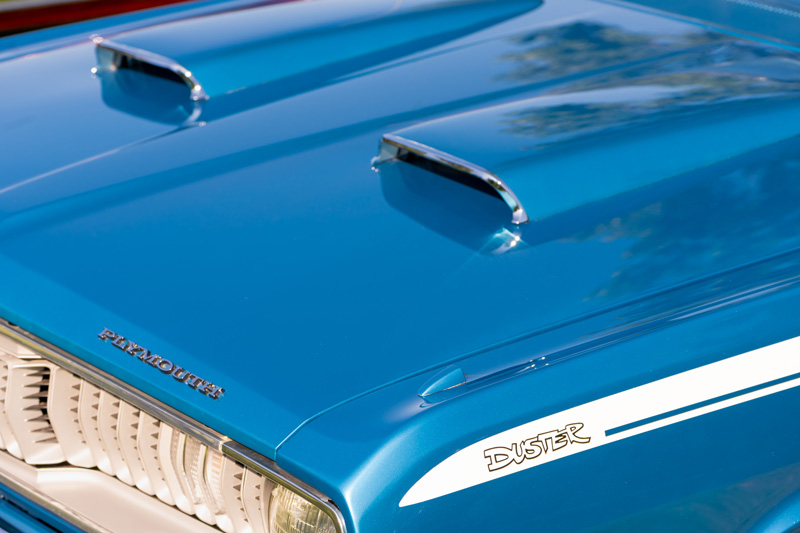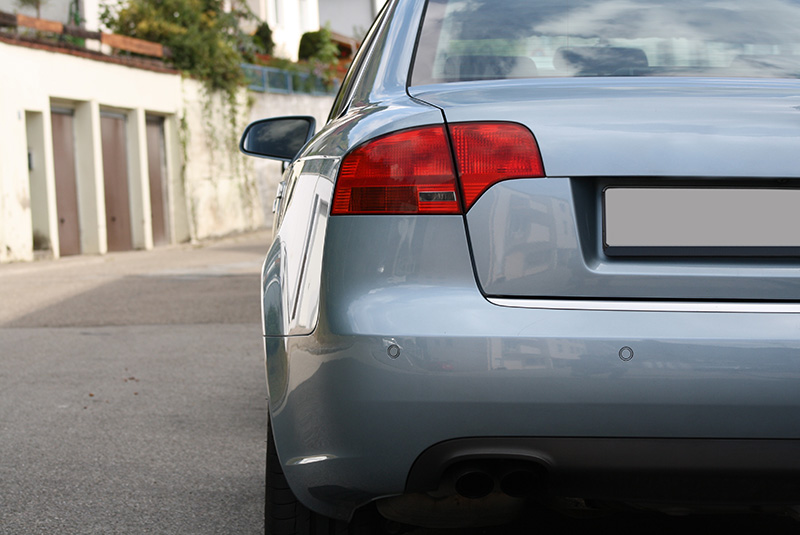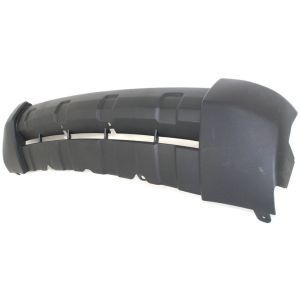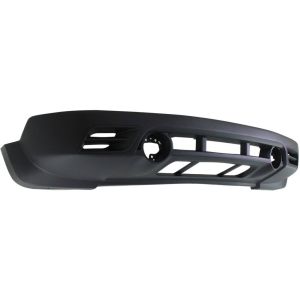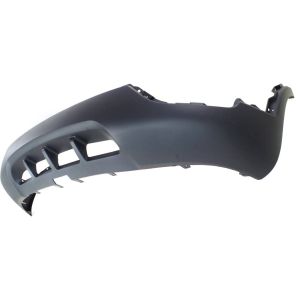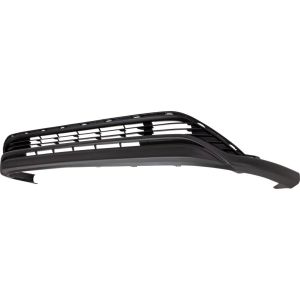Did you know nearly 200 million cars in the U.S. have plastic bumpers? If you're one of these owners, you might've wondered, "Can plastic bumpers be painted?" Not only can they be painted, but it's a task you can do yourself.
With the right materials and some patience, you can revamp your car's look and extend the life of its bumper.
Our guide will take you step-by-step through choosing the right paint, prepping and painting your bumper, and ensuring a smooth, professional finish. So, let's dive in and start your car's bumper makeover.
Key Takeaways:
- Proper preparation, including deep cleaning and degreasing, is necessary before painting a plastic bumper.
- The painting process involves cleaning and degreasing the surface, lightly sanding it, and applying several thin layers of bumper paint.
- The drying time for a painted bumper can vary depending on factors such as ambient temperature, air humidity, and lacquer thickness, but the average complete drying time is 24 hours.
Can a Plastic Bumper Be Painted?
Yes, you can indeed paint a plastic bumper, but it requires careful preparation and the right materials for a successful result. The first step is choosing the right color. You've got a plethora of color options at your disposal.
Look at the color code of your car, located on the vehicle itself, to find a matching hue. Remember, paint variations may exist due to different paint manufacturers used by car manufacturers.
Next, focus on paint adhesion. Start by removing the bumper cover or masking the surrounding area. Clean and degrease the surface thoroughly - this ensures that the paint will strongly adhere to the bumper. Lightly sand the surface before applying the paint, as this promotes better adhesion.
Lastly, consider your painting techniques. It's best to apply several thin layers of paint rather than one thick layer. Maintain a distance of 25 to 30 centimeters from the surface when spraying. Remember, practice makes perfect, so spray a sample first to get the hang of it.
Following these steps will help you achieve a professional-looking, durable finish on your plastic bumper.
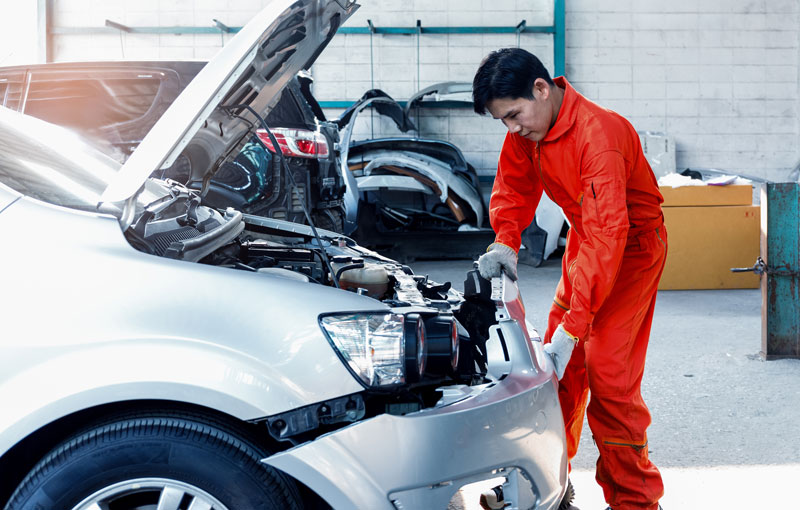
How Can I Use Paint on a Bumper?
After you've chosen the right color and prepped your bumper for painting, it's time to dive into the actual process of painting the bumper. The first thing you need to do is apply a coat of primer. Using a primer is crucial as it helps the paint adhere better to the plastic surface.
When it comes to color matching, it's essential to find the exact shade for your car. Most manufacturers have color codes on the vehicle identification number (VIN) plate, so you can use this to get the perfect match.
Now, let's talk about painting techniques. You should apply the paint in thin, even layers. Start at one end of the bumper and work your way to the other end, ensuring you maintain a steady hand for a smooth finish. Don't rush this process; it's better to apply several thin layers than one thick one.
Once the paint is dry, apply a clear coat to seal and protect the paint. This will also give your bumper a shiny finish. Remember, practicing these techniques on a scrap piece of plastic before painting your bumper can be beneficial. With a little patience, you'll have a freshly painted bumper in no time.
How to Spray Paint the Bumper?
Now, let's move on to how to spray paint your bumper. First, you'll need to properly prep the bumper for the best results. Then, we'll guide you through the steps of applying the paint effectively and efficiently.
Prepping the Bumper
The first step in spray painting your plastic bumper is to properly prep it, ensuring it's clean and ready for the paint. Start by washing it thoroughly with a degreaser to remove any dirt or grime. Then, employ the wet sanding technique using 600-grit sandpaper to smooth the surface and help the paint adhere better.
Now, you're ready for the painting process steps. Apply a thin coat of paint using a spray can, maintaining a steady distance of about 30 cm from the bumper. Allow each layer to dry fully before applying the next one.
Drying time considerations are crucial; rush this and you'll end up with a tacky, uneven finish. Ideally, leave 24 hours for the paint to dry completely for the best results.
Applying Paint
Using your spray can or paint gun, you'll want to start applying a layer of base coat to your prepped bumper, ensuring it's dry before moving on to the next layer.
Be mindful of your painting techniques - maintain a steady hand and an even pace to prevent drips or runs. As you spray, overlap each pass by about 50% for smooth, consistent coverage.
Color selection is critical. You'll want to choose a hue that matches your vehicle's existing color. If in doubt, consult with a professional or refer to your vehicle's color code.
After painting, the drying process is crucial. Allow each layer to dry thoroughly before applying the next. This prevents smudging and helps achieve a smooth finish. Patience here pays off, guaranteeing a professional-looking result.
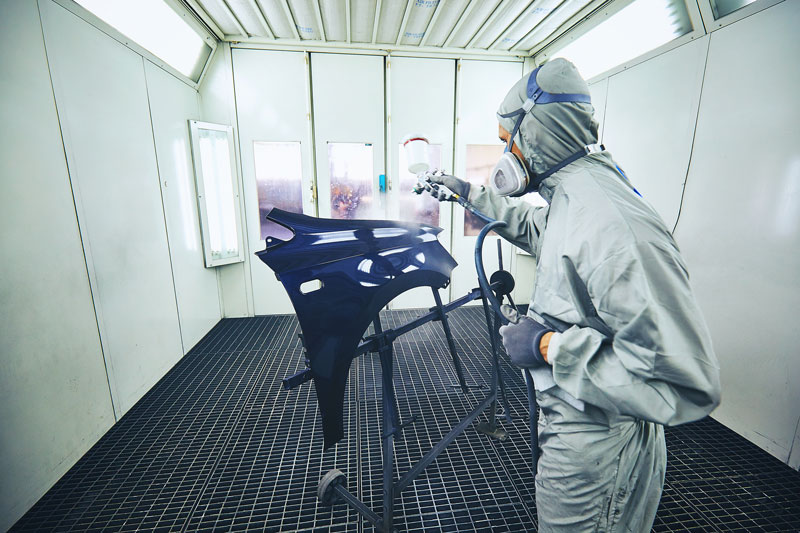
How Long Does It Take To Paint a Bumper?
You'll find that the total time it takes to paint a plastic bumper largely depends on factors such as the drying time between coats, the number of layers applied, and the environmental conditions. The painting techniques you use, the drying process, and color matching also play a significant role.
Typically, each layer of paint needs about 15 to 20 minutes to dry before you can apply the next one. This means if you're applying two to three layers of primer, color, and clear coat, you can expect to spend anywhere from three to six hours on painting alone.
However, the drying process can extend this considerably. A freshly painted bumper generally needs 24 to 48 hours to fully dry and cure.
Then there's color matching. If you're trying to match the existing color of your car, it may take a few tries to get the shade just right. This could add an hour or two to your project, especially if you're mixing your own paint.
In the end, patience is key when painting a plastic bumper. It's a time-consuming task, but the results are worth it. Let's now transition into the reasons to repaint your car bumper.
Reasons to Repaint Your Car Bumper
So, why might you choose to repaint your car bumper? There are several benefits to consider, and it's not just about aesthetics.
Firstly, repainting your bumper can significantly enhance the overall look of your car. A fresh coat of paint can cover up scratches, dents, or fades that your bumper has endured over years of use. It's like giving your car a mini makeover.
Secondly, you have an array of color options at your disposal. Whether you want to match the original color of your car or try something new and bold, the choice is yours.
Thirdly, repainting your car bumper is one of the most cost-effective alternatives to replacing it entirely. Especially if the bumper is in good structural condition and only requires a little cosmetic touch-up.
Lastly, a well-painted bumper can boost the resale value of your car.
To summarize, here are the key reasons to repaint your car bumper:
- Enhance your car's appearance
- Broad range of color options
- Cost-effective alternative to bumper replacement
- Boosts car's resale value
Conclusion
Absolutely, your plastic bumper can be spruced up with a fresh coat of paint. Just imagine, with a weekend's effort, you could transform your old, worn-out Toyota Camry bumper into a sleek, eye-catching finish that turns heads.
Not only will it look brand new, it'll also be better protected against the elements. Just like in life, a little care and attention can make the old shine like new again. So, why wait? Give your car the makeover it deserves.
FAQs (Frequently Asked Questions)
What Type of Paint Is Best for Painting Plastic Bumpers?
- Sure, you can paint plastic bumpers! For best color durability and finish quality, use a paint specifically designed for plastic. It's all about proper preparation and careful paint application.
Is It Possible to Repair and Paint a Bumper With Deep Cracks or Damage?
- Yes, you can fix and paint a bumper with deep cracks or damage. Employ crack filling techniques, assess the damage properly, and take care of the bumper post painting for a seamless finish.
How Often Should I Repaint My Plastic Car Bumper?
- You don't need to repaint your plastic car bumper often. One of the main reasons to consider repainting it is when it is damaged or faded.
